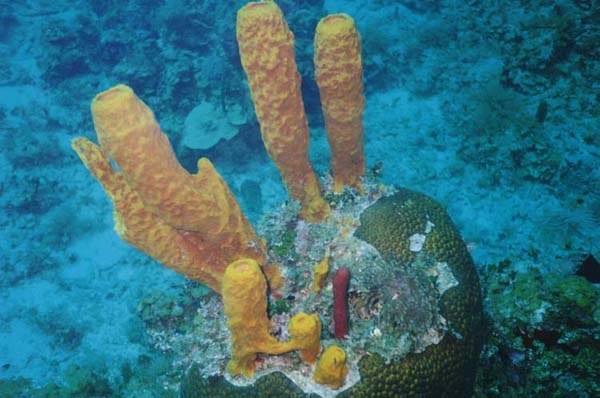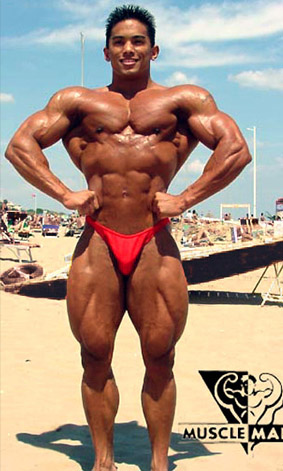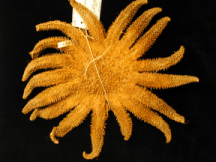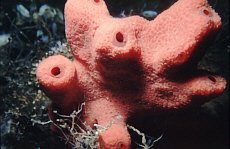| A | B |
|---|
| Which characteristics do all animals have in common? | All animals are multicellular heterotrophs without cell walls., 
|
What percentage of animals are invertebrates?, 
| about 95% |
What percentage of animals are vertebrates?, 
| about 5% |
What type of symmetry do sponges have?, 
| Sponges are usually asymmetrical (without symmetry), 
|
What is the scientific name for the sponge phylum?, 
| Porifera, 
|
What type of animals are found in the Porifera phylum?, 
| Sponges |
What does sessile mean?, 
| "doesn't move" |
| Marine animals live in the _____. | ocean |
| The outer layer cells in a sponge are for ____. | protection |
| The inner layer of cells in a sponge are for ____. | digestion |
| Sponges are _______ feeders. | filter |
| Which type of cells in a sponge create a current of water to bring in food? | collar cells |
| Collar cells use a _______ create a current of water. | flagellum, 
|
| Water and food enter a sponge through tiny pores on the side called _____. | ostia, 
|
| Water leaves a sponge through a large pore at the top called the _____. | oscullum, 
|
| Sponges have different cells and tissues but no _____. | organs |
| A sponges skeleton is made up of _____. | spicules and spongin, 
|
| the little needle-like structures in a sponges skeleton are called ____. | spicules, 
|
| The spongy proteins that make up a sponges skeleton are called ____. | spongin, 
|
What does it mean to be a hermaphrodite?, 
| Hermaphrodites have both male and female sex parts in the same body, 
|
| What can a fertilized sponge egg do that a sponge can't? | Swim around |
Which kingdom does this organism belong to?,  | animal (it's a sponge) |
Which type of symmetry does this animal have?,  , , 
| bilateral,  , , 
|
Which type of symmetry does this animal have?,  , , 
| radial,  |
Which phylum does this organism belong to?,  , , 
| Porifera (sponge phylum),  , , 
|